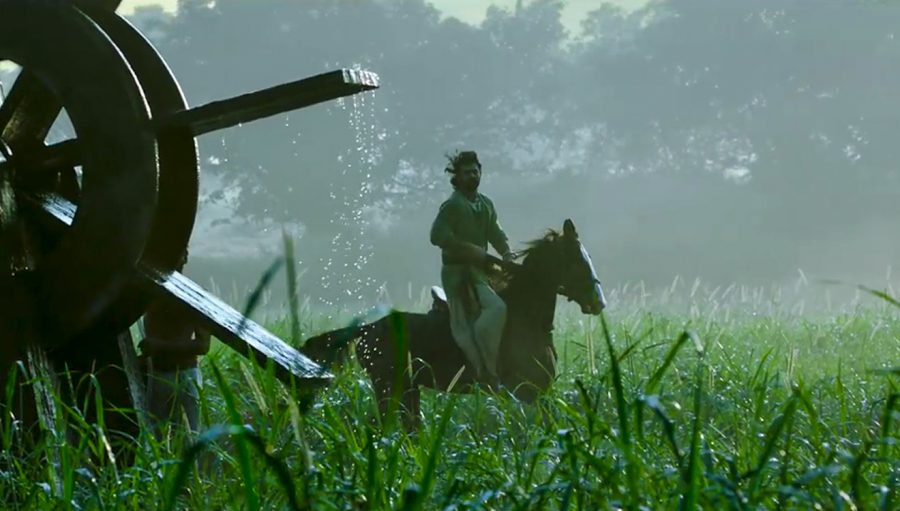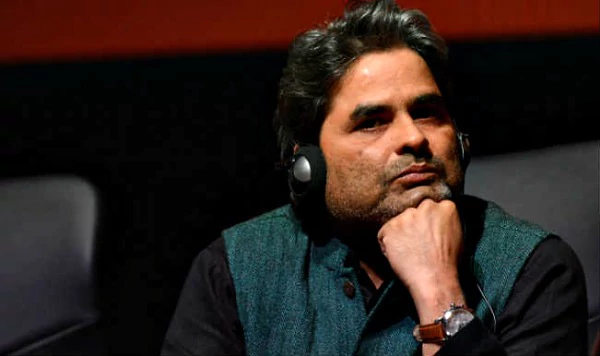Amidst all the box-office records and accolades that Baahubali, The Conclusion has been garnering, a protest is steadily gaining steam in Kerala, one of the main locations where the film was shot. In a Facebook post, well-known conservationist and writer Dr S Faizy accused the team of causing severe degradation to the ground vegetation of the Kannavam reserved forest, where key portions of the film were shot.
Dr Faizy is associated with environmental campaigns in Kerala and Tamil Nadu, and was a part of two Earth Summits.
“Bahubali wrecking the forests and Adivasi areas. The shooting has almost irreversibly destroyed the forests of Kannavam, on the Kannur-Mananthavadi highway. Wonder how the Forest authorities gave clearance to destroy the forest in a huge area. Now time for the Gram Sabha and the Forest Rights Committee under it to act under the powers/responsibilities vested on it by the Forest Rights Act under section V,” wrote Dr S Faizy on Facebook.
However Joshil, the range officer of Kannavam forest, refuted the allegations. He told Silverscreen that the film crew used a piece of land which is traditionally used as a forest training ground, and followed all legal norms. “The allegations that the Baahubali team littered and burnt plastic in the forest are false. They didn’t shoot in the interior of the forest, and the land where they shot the film has tall trees, and no thick ground vegetation as the accusers say.”
The shooting for Baahubali, The Conclusion began in Kannavam forest in early 2016. The forest, which was the venue for the historical battle between Raja Pazhassi and the British army, is a reserved area that comes under the Forest Rights Act. The inhabitants of this forest include the Kurichiya tribes, who had pledged their allegiance to Pazhassi Raja.
“Since Kannavam comes under Forests Rights Act, it’s mandatory to get the nod of the Gram Panchayat and elected Forest Rights Committee (FRC) to shoot in the forest. It wasn’t done,” Faizy told Silverscreen. “The FRC can issue a notice to the Forest Department for being accomplices in the destruction of the forest, and ask for suitable compensation from the Baahubali producers for destroying the forest and shooting there without FRC permission,” he said.
During the time of the shoot, a number of political outfits in the region had staged protests against the movie crew, citing environment concerns. “I have reasons to suspect that vested interests of some parties were behind the protests against the film shooting in January,” said Joshil. “There is a common practice among the tribal outfits in the region to demand money from film shooting crews in Kannavam. The Baahubali team had already paid around Rs 375,000 for a 25-day shoot. They refused to pay the odd organisations any money, and that must have enraged them. Besides, some local organisations were furious that the forest department refused to let them use the forest for their own activities. This new controversy is something that they cooked up. It’s baseless,” he said.
In order to clear the air, on Thursday night, Joshil posted a detailed explanation on Facebook.
No type of human operations are allowed in the core zone and to an extent, in the buffer zone of wildlife sanctuaries. Film shootings are usually done in tourist zones. The recent Malayalam film Pulimurugan was filmed inside a hamlet in Pooyamkutty forest in Kerala’s Ernakulam district. Following the release of the film, which turned out to be a blockbuster, there was a surge in the number of tourists visiting this forest. The human pressure and the waste the tourists left behind was so much that the forest department had to put a restriction on visitors to the area.
In 2013, Bangalore’s Kanteerava Studios landed in a controversy for installing a colossal plaster of Paris statue on a five-foot concrete foundation in the Hesaraghatta grasslands, northwest of Bangalore. The statue was instsalled for an outdoor song sequence for the film Mythri, starring Puneet Rajkumar. According to a Hindu report, the filmmakers had violated a High Court order to maintain a “status quo” in the area, in connection with a PIL (public interest litigation) petition filed in 2011 by the Arkavathi and Kumudvathy River Rejuvenation Trust to protect the grassland from development. Heseraghatta is the last surviving grassland around Bangalore, and is home to jackals, foxes, and 133 species of birds — including one of India’s most threatened species, the Lesser Florican.
Recommended
Adheesh Raveendran, a senior Forest Range Officer working in Ranni, said that permitting movie crews to enter forests areas, irrespective of the zone, is never good. “Some shooting crew litter, or burn plastic waste inside forests. The loud music that they play and this constant presence of human beings is never good for forest areas. Forests aren’t places for tourists or entertainers. It’s very important to leave it undisturbed,” he said, citing many occasions where tourists, and film/photography crew litter the place with plastic waste, and ruin the ground vegetation. “Ever since Dulquer Salmaan’s Charlie was released, youngsters in the state have been flocking to Meesappulimala, a mountain that he refers to in the film. These kids climb the mountain through an illegal trekking path, go to any extent to get a good Facebook profile picture, create a din, and upset the forest ambiance. In a few years, Meesappulimala will lose the pristine look that it has right now,” he said.
Wildlife filmmaker and conservationist Ramnath Chandrasekhar agrees, “It is extremely difficult or nearly impossible to get a permit to shoot inside the forest (Protected Area) for a natural history documentary. There is a direct pressure we put on the ecosystems when we shoot there. That’s why wildlife films have a a very, very small crew so that the our footprint on the land is minimal. When you go to an ecosystem or a habitat, most of which are fragile, you cause an irreplaceable damage. It has a domino effect.”
*****



